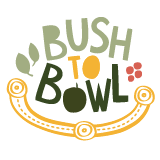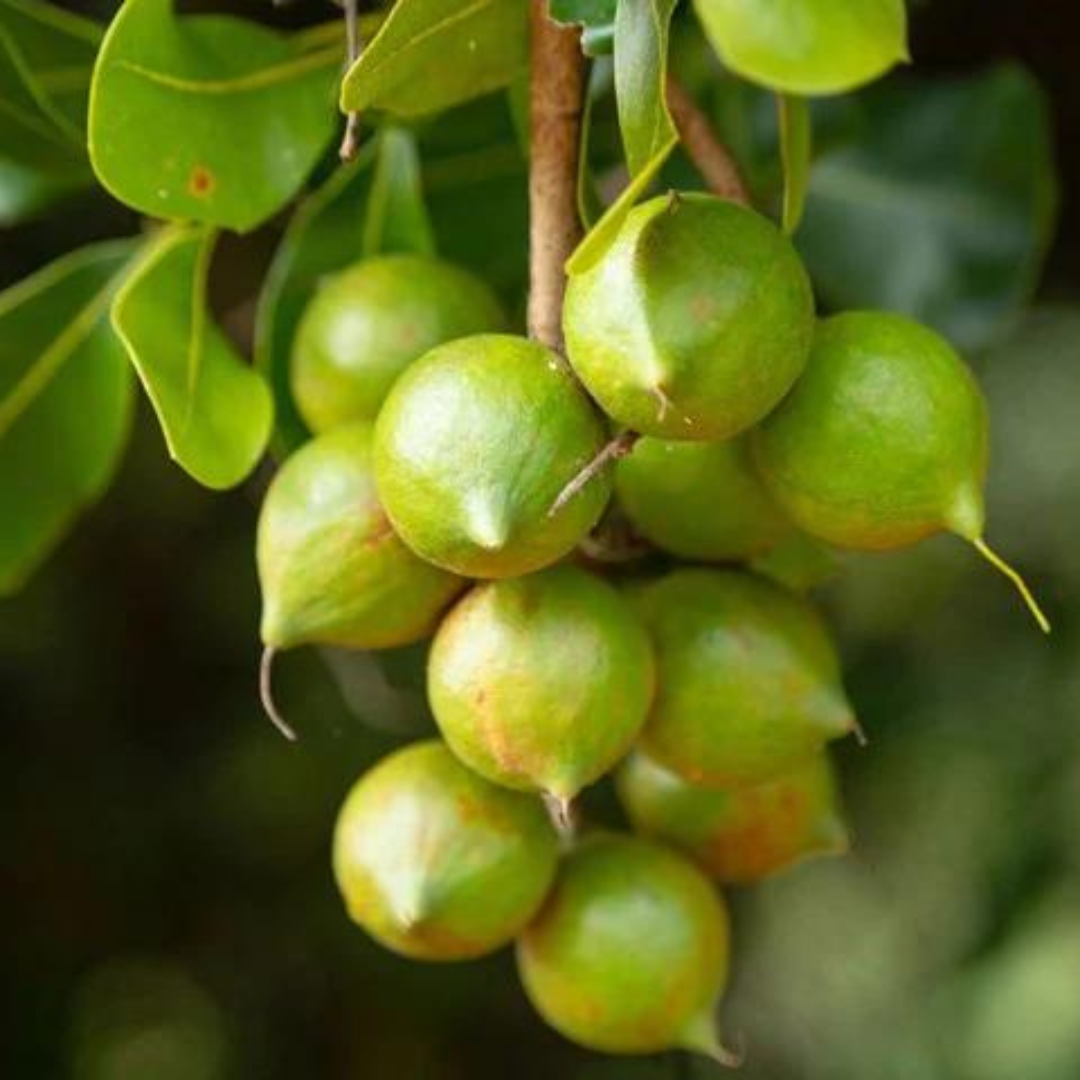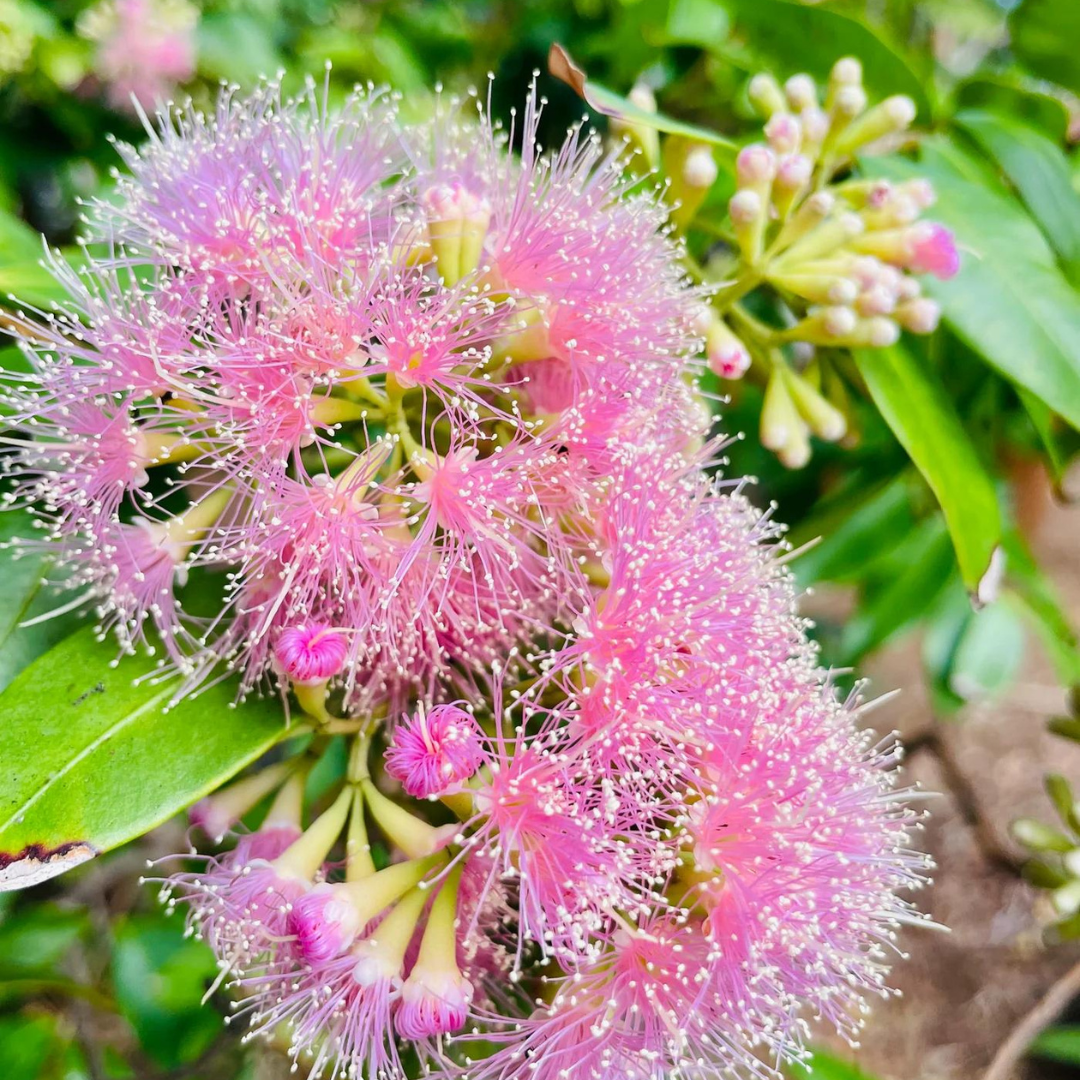Blog written by Rachel Iorfino from Better Homes & Gardens
If you’re looking for new and interesting plants to add to your garden, why not look to Aussie bush foods?
Whether adding to your vegetable garden or wanting to build up your biodiversity, planting edible Australian native plants is a great option.
With beautiful blooms throughout the year, an increase in wildlife and the best bonus of all, food to eat, what more could you want from a plant?
There are heaps of options out there for Australian edible natives, with the most popular being:
- Finger lime (Citrus australasica)
- Midyim berry (Austromyrtus dulcis)
- Queensland Davidson’s plum (Davidsonia pruriens)
- Illawarra plum (Podocarpus elatus)
- Red back ginger (Alpinia caerulea)
- Macadamia (Macadamia integrifolia)
- Old man saltbush (Atriplex nummularia)
- Geraldton wax (Chamelaucium uncinatum)
- Warrigal greens (Tetragonia tetragonioides)
- Mint bush (Prostanthera)
- Lemon myrtle (Backhousia citriodora)
- Native lemon grass (Cymbopogon ambiguus)
- Bush tomato (Solanum centrale)
- River mint (Mentha australis)
- Aniseed myrtle (Syzygium anisatum)
- Mountain pepper or pepperberry (Tasmannia lanceolata)
- Wattleseed (Acacia victoriae)
- Native tamarind (Diploglottis australis)
- Lilly pilly (Syzygium smithii)
- Native cranberry (Astroloma humifusum)
- Native fig (Ficus platypoda)
- Kakadu plum (Terminalia ferdinandiana)
We’ve enlisted the help of three different experts to create an essential care guide for your Australian bush food plants.
From Sydney Wildflower Nursery, horticulturist and native plant specialist Narelle Happ has provided great insight into the ins and outs of growing native bush food.
Tim Lever, a horticulturist from Cicada Glen Nursery, has years of experience in native plant care and has many favourite bush snacks to share with us!
And, of course, it wouldn’t be an in-depth guide without the help of Adam and Clarence from Bush to Bowl, who’ve got native planting, sourcing and landscaping down to a tee.

How to grow Aussie bush foods
Edible native plants can be grown in a variety of different conditions and national regions. Of course, it all depends on which type of native plant you wish to grow!
Clarence from Bush to Bowl explains most natives ‘generally require less water and will survive in much harsher conditions than a non-native.’ This is because they are used to the harsher temperaments of the Australian landscape.
Sydney Wildflower Nursery horticulturist Narelle took us through the best way to establish and care for native plants in general:
“Having a well drained soil and making sure to mulch the plants helps retain moisture in our warmer weather. This also helps to prevent weeds which can steal moisture and nutrients from your plants, compromising their growth.
The better the plants are established in the first six months of growing, the healthier your plants will be and will provide an abundant crop of leaves and berries.”
Narelle explains that plants from a nursery such as the Sydney Wildflower Nursery are looked after with daily watering, meaning that when establishing in your own garden, these plants will benefit from regular aqua.
So, which Aussie bush foods will suit your backyard?

Old man saltbush
This fast-growing shrub is great for growing in a backyard that has full sun and temperate conditions. While it can tolerate drought as well as salty and sandy soil, when first establishing it should not be left too dry.
You can use this leafy plant as bush food year round and you can enjoy the leaves blanched like a vegetable or dried into a herb. Saltbush is salty in flavour and will add protein, antioxidants and minerals to your diet.

Warrigal greens
Warrigal greens have been used as an English spinach substitute since early European colonisation of Australia. This plant is both native to Australia and New Zealand and can be used in the same way that spinach, chard or bok choy is in cooking.
In terms of growing these greens, they love sunny to shady spots and will thrive in rich, free-draining loam. Warrigal greens are more of a ground cover than a shrub or plant and tend to sprawl out across garden beds.
This makes it the perfect gap filler or ground cover!

Lemon myrtle
An intense citrus aroma is what you’ll get from your lemon myrtle throughout the year. Heralding from sub-tropical rainforests in Queensland, this beautiful native herb is an Aussie favourite.
Caring for this plant leans more on the warm and sunny side. Avoid frosts, cold winds and dry areas, and keep it well-watered throughout the year.
You can use lemon myrtle in teas, syrups, desserts like cakes and biscuits or even in an afternoon cocktail.

Pepperberry
Pepperberry or mountain pepper is an evergreen native plant that can be used to spice up your dinners. You can eat the leaves of the pepperberry, as well as use the white blossoms and red pepper berries themselves (that ripen into dried black peppercorns) when cooking.
When sourcing your pepperberry plant, if you wish to have blossoming flowers or any red pepper berry ‘fruit’ you will need both a male and female plant.
Don’t despair if a male and female plant is not found, as you can use the leaves of both plants to add a nice spicy flavour to your dishes.
When planting mountain pepper, place in lime-free, moist and fertile soil for best results. This shrub is quite hardy and can survive sub-zero temperatures and lots of wind.

Bush tomato
From the dry inland areas of Australia, the bush tomato or Australian desert raisin is a great addition to the garden for savoury dishes.
This plant requires very little water and prefers sandy soil (or sand itself) and a well-drained placement. Bush tomatoes will not grow easily in cold climates or temperatures that initiate frosts and wet conditions.
You can use this desert plant in the kitchen in stews, casseroles, sauces or to flavour meat. With its savoury flavour and somewhat spicy aftertaste, it is a delicious addition to any heart-warming dinner.
You can only consume bush tomato when it is completely ripe.

Low-maintenance native edible plants
Finding the perfect Aussie bush food plant for your garden doesn’t just come down to climate and plant positioning but also the maintenance and care you wish to provide.
If low-maintenance and easy-to-look-after plants are your thing, then Tim Lever from Cicada Glen Nursery has a couple of recommendations for you!
These four plants are easy to grow and maintain and will give you great produce throughout the year to use in your dinner:
“Davidson plum- It’s a very easy-to-grow small tree that prefers a sheltered position and will start to produce fruit after only a couple of years. Long-lived.
Finger lime- A very hardy shrub or small tree that can produce loads of tasty fruit in summer. It can be grown like any other citrus and responds well to regular water and fertiliser.
Lilly pilly- A number of varieties are available that produce beautiful, brightly coloured fruits. Usually a fairly tough and versatile plant.
Warrigal greens- A fantastic spinach alternative that makes a great self seeding ground cover in a sunny corner of the garden.”

Planting edible native plants in pots
Narelle Happ from Sydney Wildflower Nursery provided us with some great insight into which native edible plants can be grown in pots. If you have limited space in your garden, or only a balcony or front yard to grow your plants in, then these plants are the best option for you:
- Native thyme (Prostanthera incisa)
- Old man saltbush (Atriplex nummularia)
- Warrigal greens (Tetragonia tetragonioides)
- Muntries (Kunzea pomifera)

Narelle also tells us the best way to grow lemon myrtle in a pot, “it's popular to grow in a pot as it is a large tree and pots allow a lemon myrtle plant to grow smaller or 'dwarf their size'. They would need to be grown in a pot at least 40mm in diameter. If using terracotta ensure they are sealed to prevent moisture loss. Never rest your plants in a saucer of water.”
When planting edible natives in pots, Narelle recommends using a premium quality Native Mix soil and to ensure that mulch is added to the top of the pot. This will prevent the soil from becoming hydrophobic.
“Your potting mix should be topped up and replaced every 18 months. They should also be fed with native fertiliser as required.”

Identifying bush foods
Finally, if growing native edible Australian plants is not on the cards, there are ways to identify bush foods out in the wild. This can be done through bush tucker walks run by Bush to Bowl or edible native garden workshops run by Sydney Wildflower nursery.
It is strongly recommended by all three experts that you consult with local nurseries, experts and First Nations people before trying any wild bush food. This is because some natives may not be edible and could possibly cause health problems if ingested.
Tim from Cicada Glen Nursery offered up his favourite edible berries to snack on in the different landscapes of Australia.
Some of his personal favourites are:
- Midyim berry (Austromyrtus dulcis) which has small sweetly flavoured berries that are white with purple speckles.
- Native raspberries (Rubus sp.) Closely related to northern hemisphere raspberries, they have a similar size and flavour.
- Davidson Plum (Davisonia pruriens) This small tree produces plums along its trunk that can be eaten directly from the tree, however they are very sour and are much better suited to jams or sauces, producing a wonderfully tart flavour.
- Bearded heath (Leucopogon parviflorus) Grows naturally in coastal areas and produces small white fruits that are tangy and refreshing.




